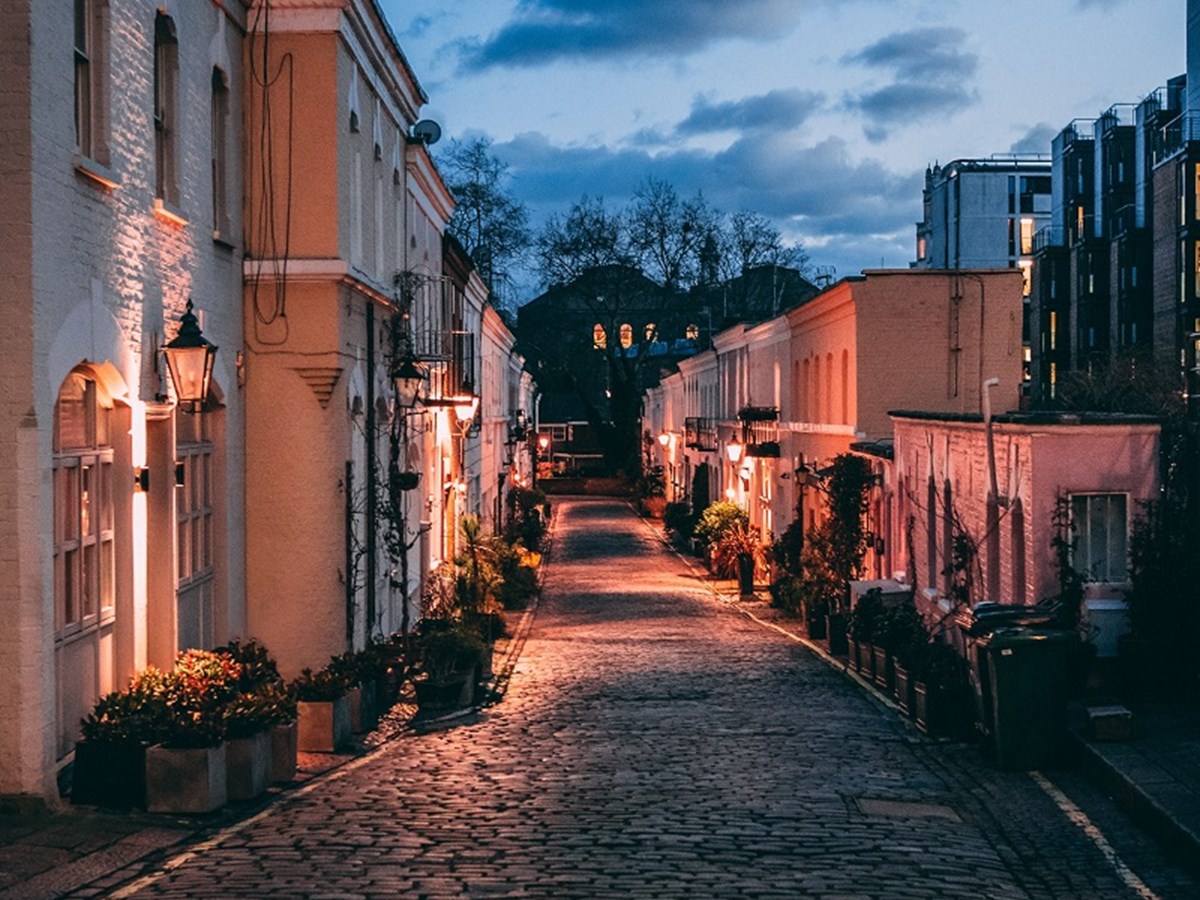 Xavier Ayub is an Urban Designer at Broadway Malyan, a global architecture, urbanism and design practice
Xavier Ayub is an Urban Designer at Broadway Malyan, a global architecture, urbanism and design practice
What’s the problem?
We undervalue good sleep – both as individuals and as a society – treating it as a non-essential luxury rather than a necessity. Despite coming with a laundry list of associated health risks, the life-threatening impacts of chronic sleep deprivation are often overlooked. Poor sleep quality has been linked to cognitive impairment, increased risk of physical illnesses such as obesity, diabetes, cancer and cardiovascular diseases, and increased risk of mental illnesses such as depression and anxiety.
Earlier this year the first large-scale UK investigation of its kind found that one-third of participants failed to meet recommended sleep durations. For comparison, as of 2020, only around 14.1% of adults in the UK were smokers.
It wouldn’t be hyperbolic then, to view this as a hidden national, and global, health epidemic.
Moreover, the aforementioned study uncovered stark inequalities in sleep quality with regards to social deprivation and ethnicity. Ethnic minorities (particularly black Britons) and individuals living in more deprived areas reported much poorer quality of sleep than white Britons and individuals living in more affluent areas.
What can we do?
As town planners there are several steps we can take to reduce sleep deprivation inequalities. Many of these interventions are interlinked and involve addressing the underlying socio-economic inequalities that give rise to these sleep disparities, often overlapping with the RTPI’s work on promoting mental health and wellbeing and Levelling Up.
-
Reducing air and noise pollution
Implementing measures such as good building insulation, generous street tree provision, noise barriers, and enforcement of traffic restrictions can contribute significantly to reducing urban noise and air pollution, fostering better sleep environments. Additionally, designing walkable neighbourhoods that promote active travel, can minimise traffic congestion and thus air and noise pollution.
-
Reducing Light Pollution
Increasing access to natural light during the daytime while limiting exposure to light pollution at night should be a key priority for planners. Light pollution and excessive artificial light can wreak havoc on our internal body clocks known as circadian rhythms. Planners should ensure homes, schools and workplaces prioritise access to natural light which helps regulate circadian rhythms and improves general physical and mental health. At the same time, light pollution should be minimised through a range of measures such as strategically orienting street lighting downwards, placing light shields over streetlights, switching off or dimming streetlights at night, and favouring warmer coloured lighting rather than blue and white LED lights.
For a more detailed look at planning and light pollution the RTPI’s excellent webinar ‘Saving our Night Skies - Reducing Light Pollution’ delves into this issue further.
- Increasing Access to Green Spaces
Several studies in the UK have shown that people from Black and Minority Ethnic backgrounds have much poorer access to green spaces than their White counterparts. Increased access to green spaces and nature offers numerous benefits to mental and physical health, including providing areas for exercise and calming environments conducive to improved sleep quality.
- Regulating Temperatures
Ensuring optimal temperatures in housing and public spaces positively influences sleep quality. The RTPI’s ‘Strategic Planning for Climate Resilience Project’, which aims to assist planners in helping local authorities adapt to and mitigate against climate change, advocates for managing heat through natural and design-based approaches rather than mechanical cooling systems. Planners should start by considering design principles like orientation, shading, use of materials with high albedo as well as nature-based interventions such as tree provision and green spaces, walls and roofs. These approaches help regulate temperature by decreasing the urban heat island effect and should be favoured over the use of mechanical air conditioning systems which expel hot air that contributes to this heating effect.

Increased access to green spaces and nature offers numerous benefits to mental and physical health

Nature-based interventions such as tree provision and green spaces, walls and roofs can help temperature regulation
- Addressing Safety Concerns
Residents in deprived areas often experience higher rates of crime and decreased feelings of safety which can contribute to poor sleep quality.
Though lighting has not been scientifically shown to actually reduce crime, it is important for creating a sense of safety for residents. Aside from ensuring streets are adequately (but not excessively) lit, planners can promote development that incorporates ‘natural surveillance’ and ‘defensible space’.

Planners can promote development that incorporates ‘natural surveillance’ and ‘defensible space’.

Planners can help ensure streets are adequately (but not excessively) lit
- Improving Housing Quality
Housing that is genuinely affordable, adequately sized, and well-designed is essential for promoting better sleep. Tackling overcrowding, which disproportionately affects Black and Asian families, is particularly important for creating quieter, less stressful living environments. The RTPI has developed a range of policies which aim to address housing issues in the UK, from encouraging government house building to making the Land Registry an open data organisation.
- Knowing Planning’s Limits
It’s important for us to recognise the limitations of planning interventions alone. For example, workers from minority ethnic backgrounds are much more exposed to unstable working patterns as they are more likely to undertake shift-work which can severely affect their sleep quality – a problem which can only be addressed through wider policy reform. As such, accompanying the aforementioned planning interventions with complementary public policy such as sleep education initiatives, flexible school and workplace start-time policies, mental health support, and poverty reduction is vital.
Simple things done right
Though the solutions to sleep disparities and other such inequalities may not always appear particularly ground-breaking, putting these solutions into practice certainly is. As planners we should never underestimate the power of simple things, done right – they could well avert a public health crisis.
This blog post is written by a guest author, and their opinions may differ from those of the RTPI.


